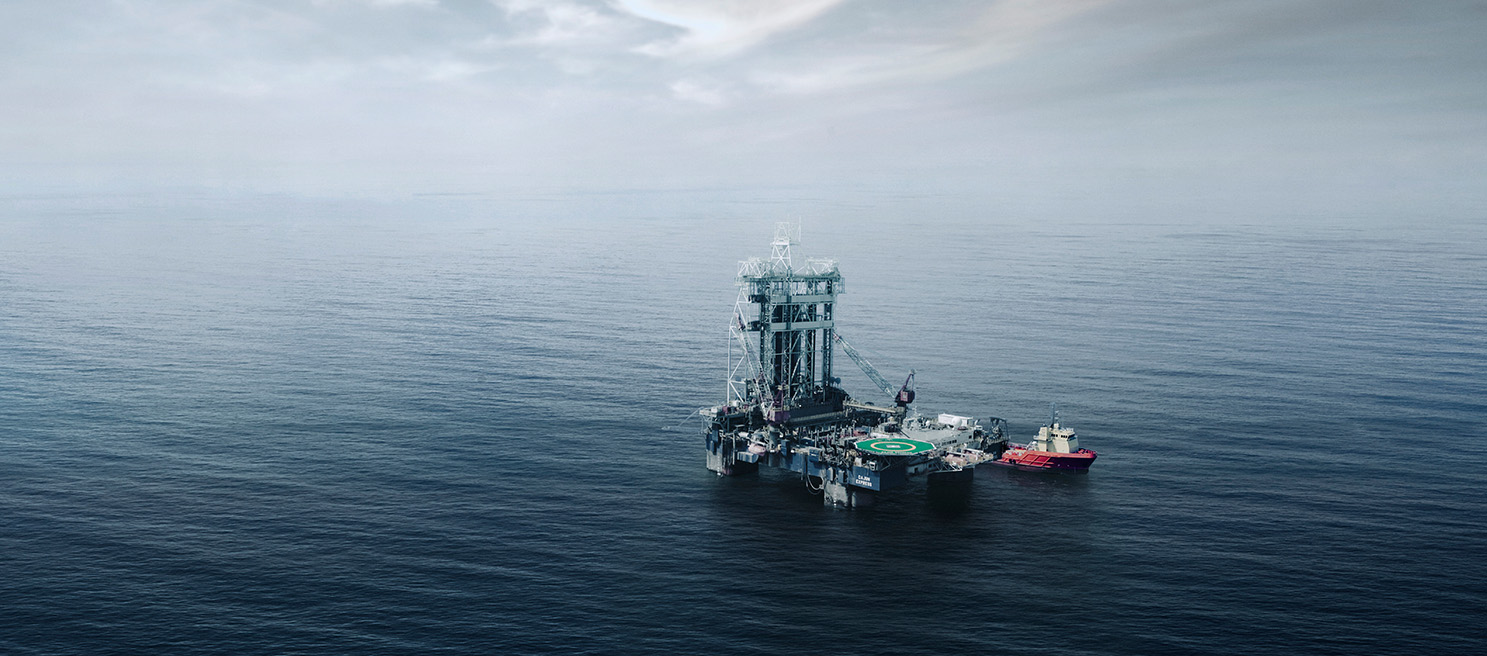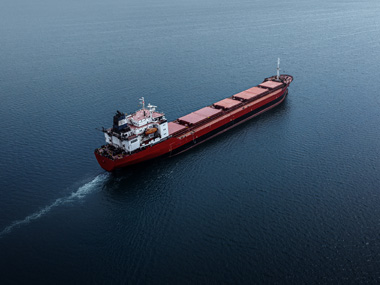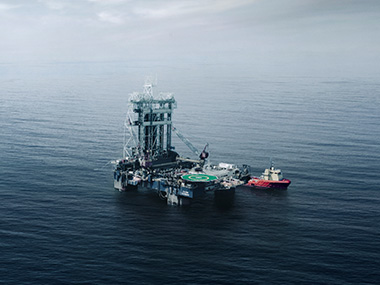Singapore
The Asian LSFO market is seen remaining rangebound, as adequate inventories are likely to cap any sharp upswing in cash valuations. Stockpiles for the prompt month may keep intermonth spreads between a slight contango and a narrow backwardation.
The Asian HSFO market could come under pressure from elevated replenishment cargoes between end-September and mid-October. Potentially, this adds to the adequate supplies.
The Asian gasoil complex may remain firm, supported by lower stockpiles and imports, alongside fresh Russian export controls.
ARA
Lsmgo noticeably tight on the prompt so requesting extra notice where possible on this grade.
Fujairah
The FUJ/KFK market saw a slight pickup in demand this week, though activity remains measured rather than strong. The standout development is on HSFO, where availability has become extremely tight, with lead times now stretching to 10–15 days and premiums rising accordingly. VLSFO is also showing some tightening, though a few prompt slots are still available at a premium. Looking ahead, HSFO supply pressure is likely to persist into next week, keeping premiums firm, while VLSFO should remain relatively stable but with prompt barrels continuing to command a premium.
Houston
The FUJ/KFK market saw a slight pickup in demand this week, though activity remains measured rather than strong. The standout development is on HSFO, where availability has become extremely tight, with lead times now stretching to 10–15 days and premiums rising accordingly. VLSFO is also showing some tightening, though a few prompt slots are still available at a premium. Looking ahead, HSFO supply pressure is likely to persist into next week, keeping premiums firm, while VLSFO should remain relatively stable but with prompt barrels continuing to command a premium.
New York
Demand remains strong from liner segment. Spot demand not there.
Panama
Market down.
Port Louis
A quiet week continues, with minimal demand. HSFO cargoes may filter down to PL shortly.
Durban
Poor weather in Port Elizabeth has seen more inquiries than previous weeks heading to Durban, however the market still remains flat.
Walvis Bay
High swells continue meaning STS at anchorage only. Some suppliers have moved out further north up the coast to avoid delays.
For port availability and demand, download the full report here.







